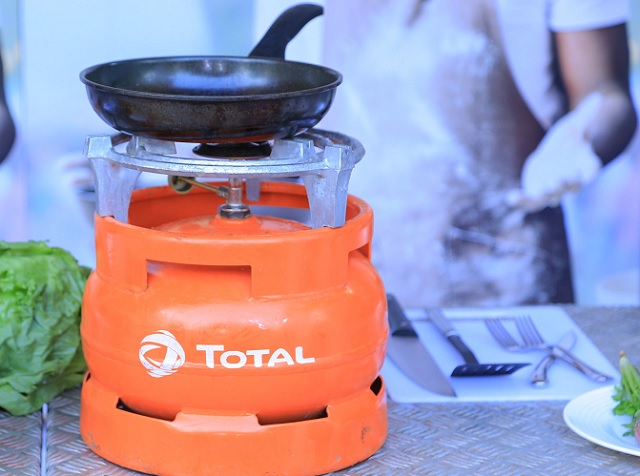
Kampala, Uganda | THE INDEPENDENT | The waiver of Value Added Tax off cooking gas is yet to bear fruit with dealers saying there is no apparent change in the demand since June 2020.
The waiver of the 17% tax was aimed at encouraging dealers in Liquefied Petroleum Gas (LPG), to reduce the cost of their services to the end-user which in turn would increase the demand for the gas especially in homesteads.
Increased usage of LPG is expected to reduce pressure on deforestation by replacing the use of charcoal and firewood in households.
The government also hopes this will reduce the effect of emissions on human health and mainly child mortality.
According to the revised National Energy Policy, the use of inefficient cooking devices combined with unsuitable cooking spaces is responsible for 8.2 percent of infant deaths in Uganda.
“This is due to exposure to indoor air pollution (IAP) resulting from use of unclean inefficient fuels, predominantly charcoal and fuel wood,” says the policy.
However, according to dealers, there are about 1 million active LPG units in households around the country, just about the same as it was before the waiver of VAT.
The Ministry of Energy and Mineral Development says plans are underway for more measures that will help poorer Ugandans acquire LPG units, including possible credit facilities like hire purchase.
The waiver of the tax led to a reduction on the cost of refilling by about 7,000 Shillings for a 6 kg cylinder to 49,000-50,000 Shillings with corresponding reductions in the cost for other sizes.
Aloysius Kasoma, a dealer in LPG says the more established petroleum products distributors have retained their customers and find it easier to attract new ones than the smaller new companies because they already have a brand.
At the older and bigger companies like Shell and Total, a 6-kg cylinder costs 49,000 Shillings to refill while a new one goes for 180,000 Shillings. The ordinary 6-kg cylinder without a banner costs 93,000 Shillings.
The dealers say that these are the standard market prices but that there are cheaper sources especially as smaller dealers look to penetrate the market.
Kasoma says the traders who are registered companies and have contracts with the established petroleum companies can get the product at cheaper prices, and this is even easier when they buy in bulk.
He says here, they get the cylinders at as low as 35,000 Shillings, the cost to the end-user is also expected to be lower.
Some of the newer dealers like Stabex International and Abasi Gas Technologies sell the 6-kg cylinder between 135,000 Shillings and 140,000, while refilling costs 40,000 Shillings.
The companies are still quoting promotional prices to be able to penetrate the market.
Recently, Total also joined the government efforts to sensitize the public on the importance of using LPG for cooking and other uses, as opposed to using firewood and charcoal, including displaying them closer to areas more accessible to the public.
Companies are also trying to work together to promote LPG usage including supporting multi-vendor products where for example, Stabex gas can be got at Stabex, Gaz, Fuelex, and other stations.
According to the National Policy, other limitations to the growth of the market include inadequate regulations, technical standards and certification of LPG cylinders and accessories, lack of safety standards for LPG filling stations, high upfront costs for LPG cylinders, accessories and products as well as lack of financing schemes for starter-kit LPG accessories for potential users.
It adds that inadequate market development for LPG has led to limited investments, unreliable supply, over-reliance on imports and limited-service points especially in rural areas.
It is for these reasons that the government plans to promote access to affordable, reliable and clean LPG energy services by developing, monitoring and enforcing comprehensive LPG regulations and standards. It also plans to develop a framework for cylinder and accessory equipment certification among others.
The policy also supports the development of central and regional LPG storage and distribution infrastructure facilities to ensure the availability of stock for sustainable supply.
The National Policy also provides for incentives for increased LPG usage, including free starter-kits distribution for first-time users.
*****
URN
 The Independent Uganda: You get the Truth we Pay the Price
The Independent Uganda: You get the Truth we Pay the Price


